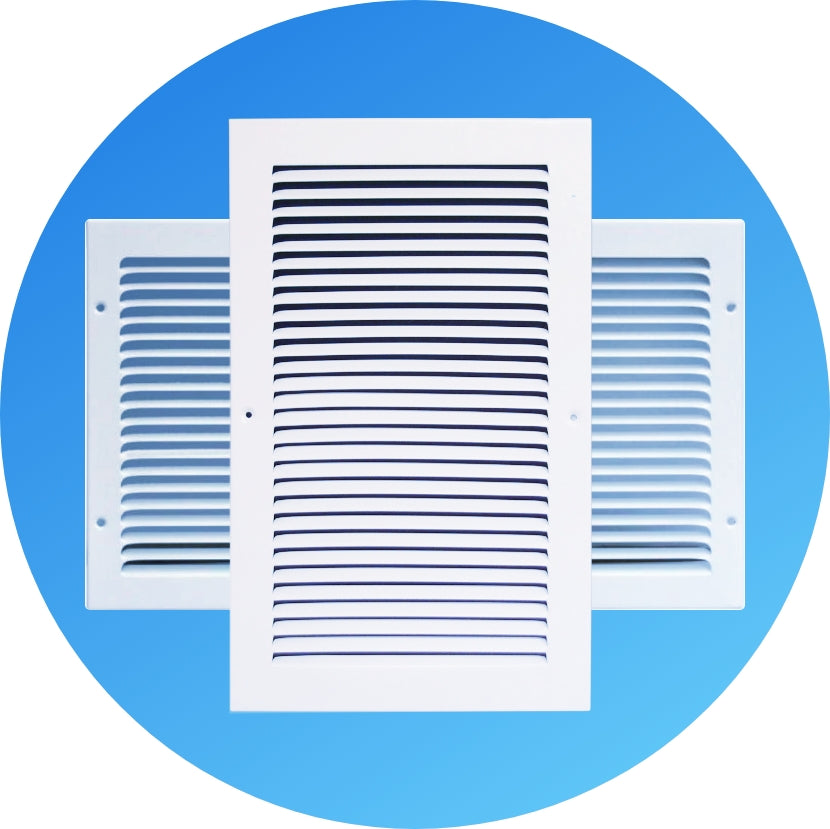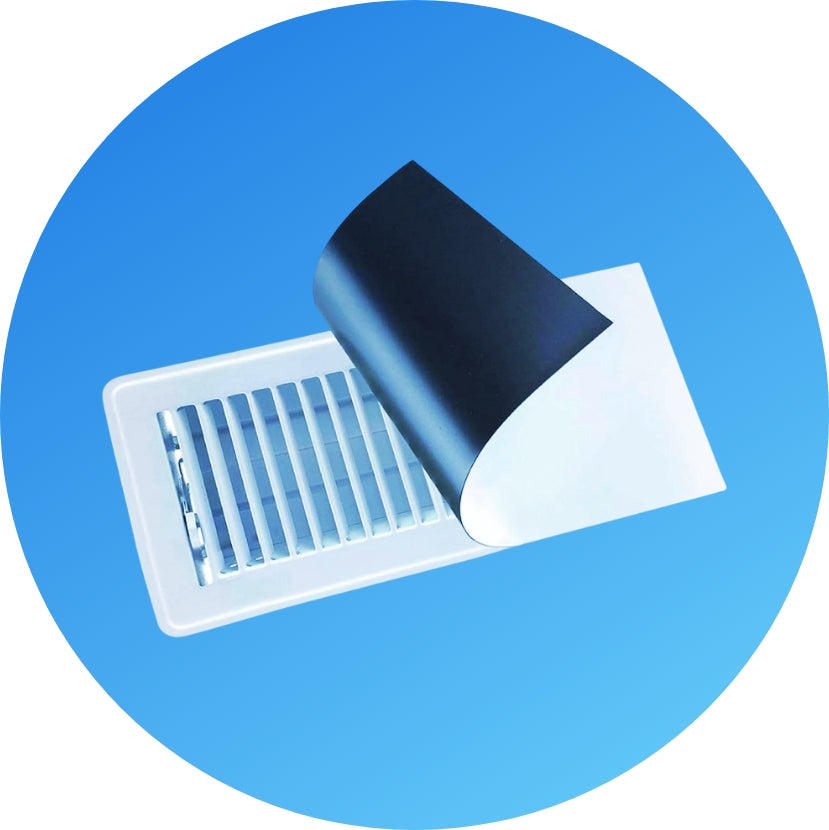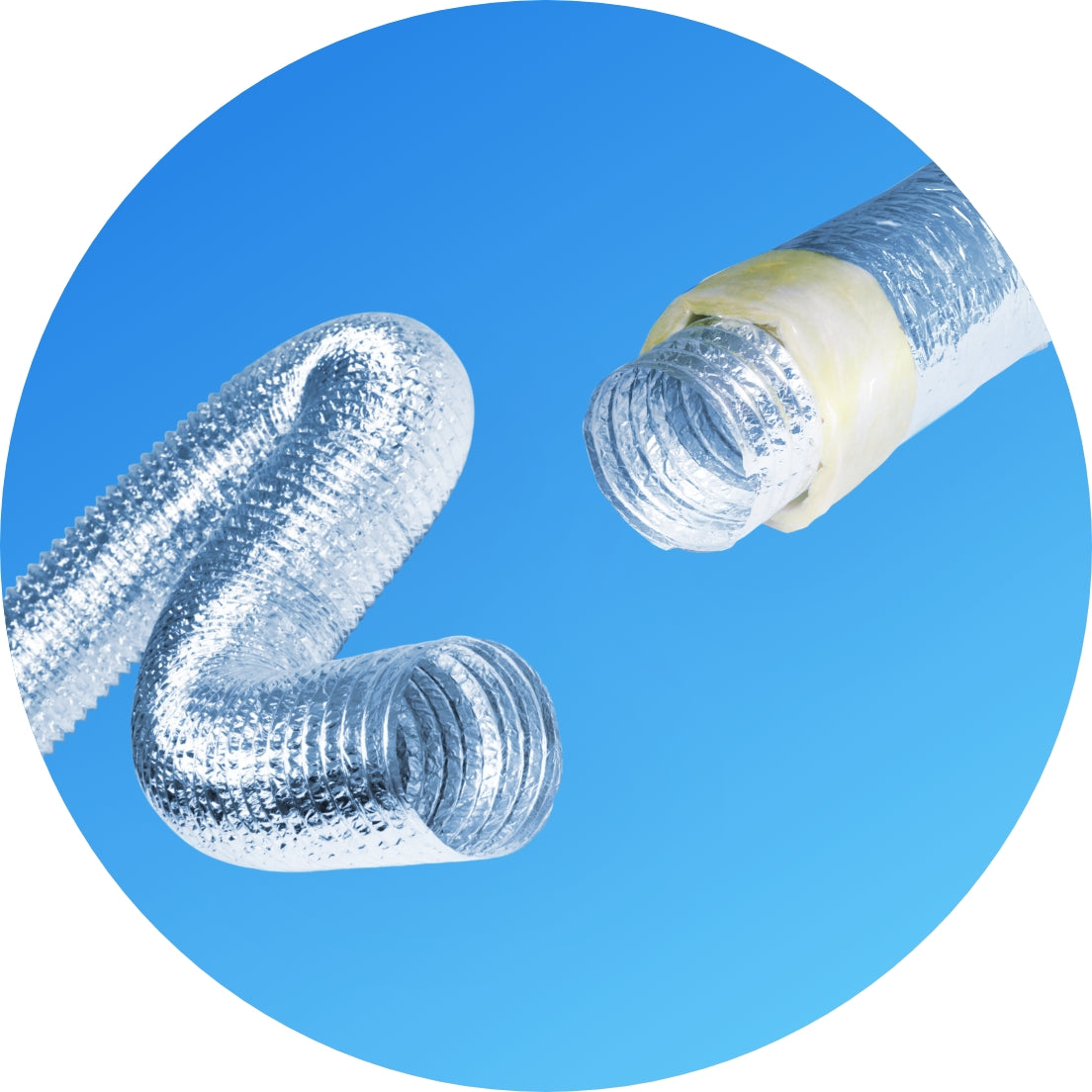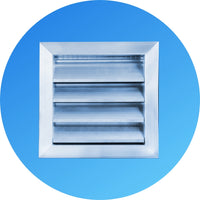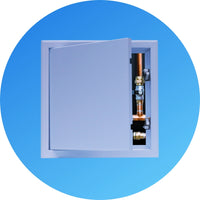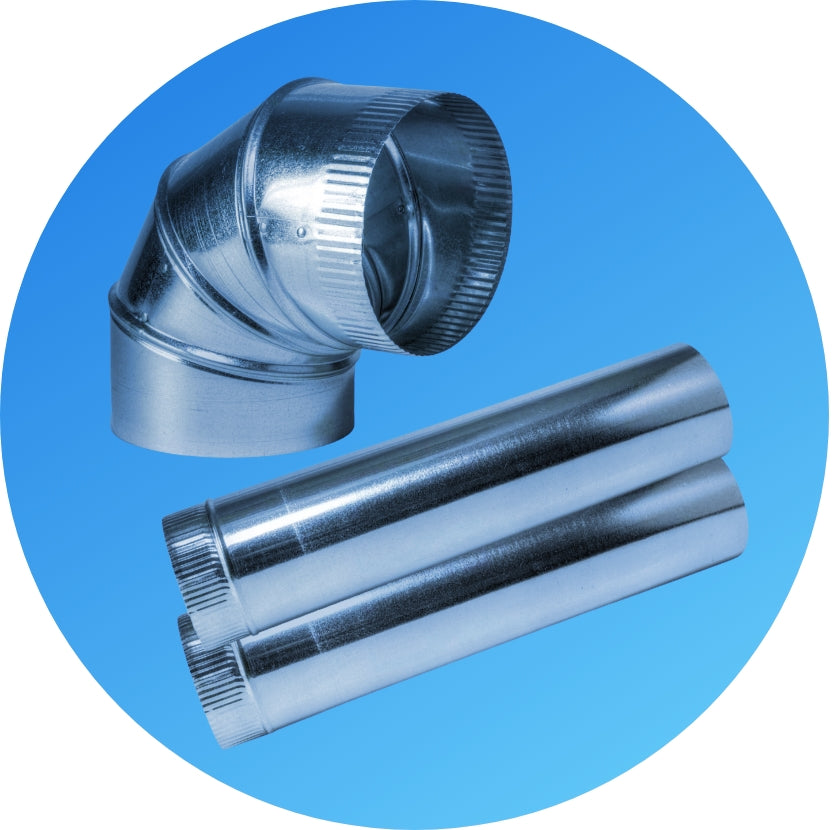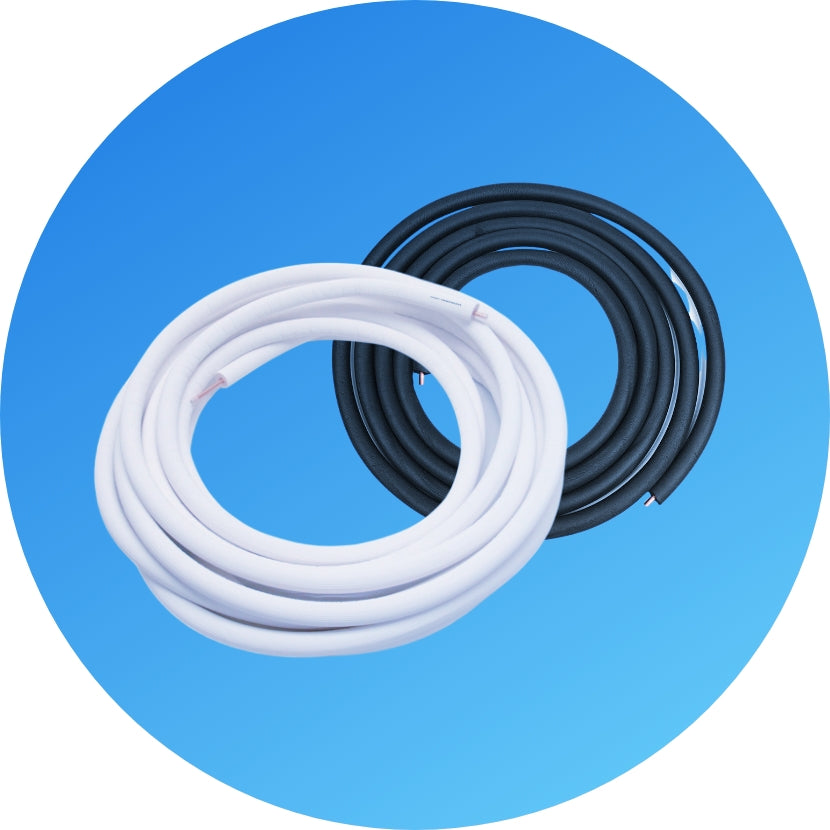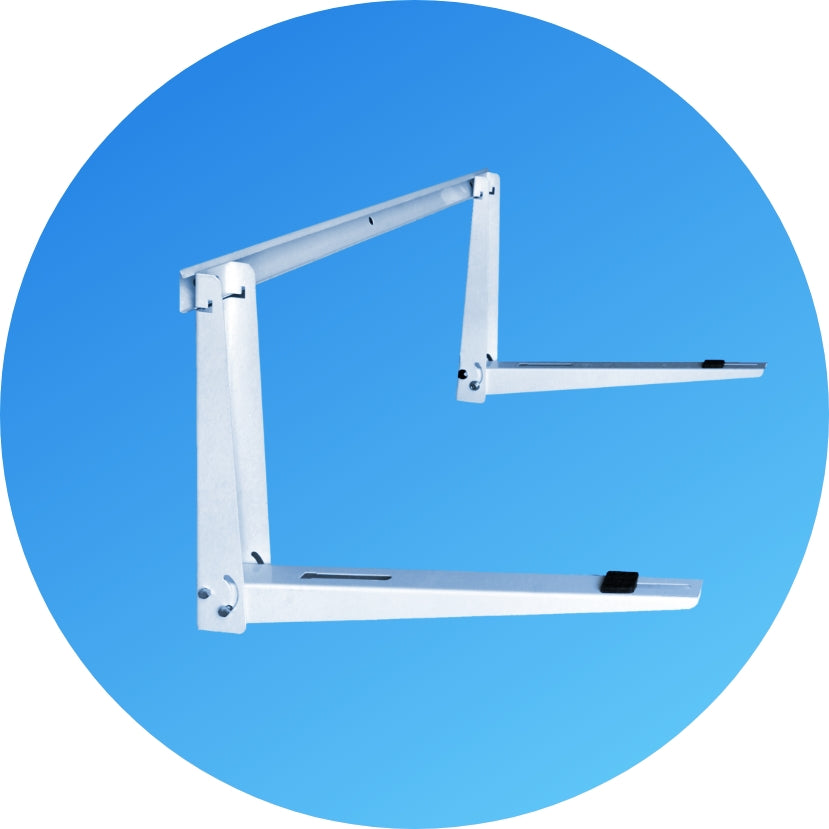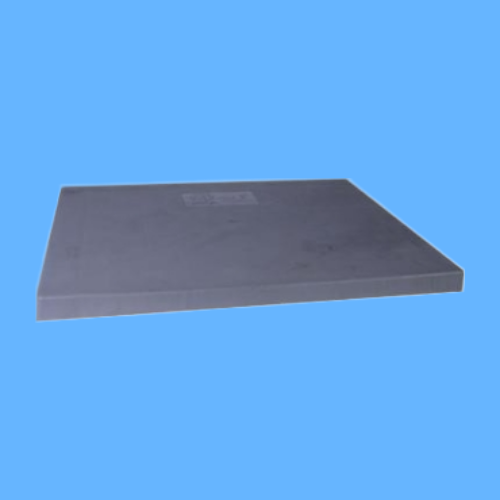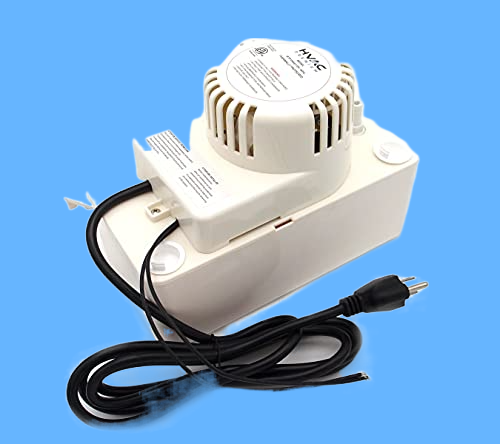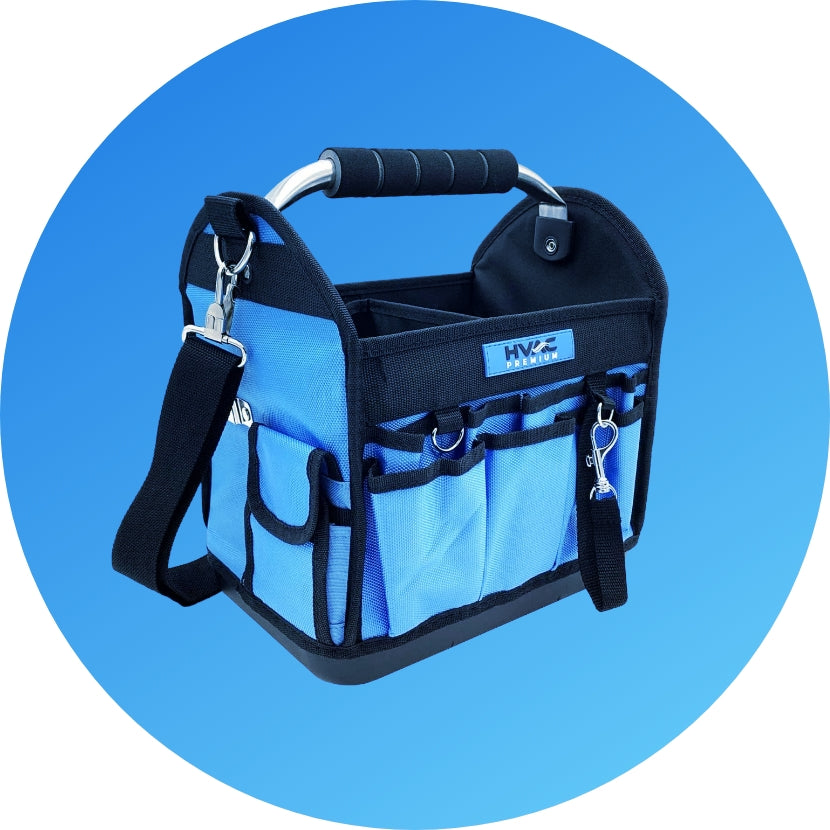Mini split heat pumps are a great, energy-efficient way to heat and cool homes, especially smaller, open-concept spaces. However, all types of heating and cooling systems lose efficiency over time, and without proper maintenance you’ll start to see your system slow down far earlier than you’d expect.
Buildup of debris within a system’s components over time causes it to need to work harder and harder to heat and cool your home, meaning it will consume more energy. A less efficient heating and cooling system can mean sticker shock for you when you receive your next electric bill. Additionally, lack of upkeep can cause your system to malfunction and stop working completely, necessitating costly repairs that could have been prevented.
We’ve put together some tips for increasing your system’s efficiency so you can stay comfortable while keeping your energy bills in check. How long mini split heat pump systems last depends on how well they’re maintained; with proper care they’ll stay running for quite a while. Staying on top of your system’s maintenance means it will stay efficient as well as reliable - you can rest easy knowing it won’t conk out during the coldest days of winter or the hottest days of summer.
Before you begin
The first step of any maintenance task, filter changes included, is always turning off the power to your unit. Making sure your unit is not going to turn on in the middle of what you’re doing is very important for your safety. Turn off the unit as you normally would when you’re not using it, and cut off the power to the unit completely at your circuit breaker.
Change or clean filters
Dirty or clogged filters don’t just decrease the air quality of your home - they also substantially decrease the efficiency of your mini split heat pump system, leading to higher energy bills. Filters should be changed or cleaned on a monthly basis to keep your system running at full capacity.
Your filters will be located inside your blower unit, which is the indoor unit mounted on your wall that pumps out hot or cool air. Gently lift up the unit cover from the bottom edge. Inside, you should see two or three filters fitted inside tracks. Push up from the bottom, and the filters should slide right out. If you have reusable filters, you can spray those out with a garden hose, or scrub them with a soft bristled brush and some soapy water.
Getting the new filter into the unit, or putting the reusable ones back in, just means locating the track they fit into, and sliding them into it.
If you’re unsure about what type of filter to buy, consult your system’s manual. To understand what MERV rating to go for, and also what a MERV rating is, check out our blog post on the subject.
Clean evaporator coil and blower wheel
In a mini split heat pump system, the evaporator coil and blower wheel can be found in the blower unit behind the filters. Before starting, it’s a good idea to consult your unit’s manual for tips on cleaning your specific unit’s coils, but often the process is quite similar between units.
Materials you will need for this process:
- No-rinse evaporator coil cleaner
- Plastic drop cloth
- Mini split cleaning cover bag
- Clean, dry cloth
- A garden hose
- Flashlight
- Philips head screwdriver
Step 1: Prepare the area
Place the drop cloth on the floor under your unit to avoid any water or cleaning chemicals dripping onto your floor. Turn off the unit prior to disassembling.
Step 2: Disassemble the outside of the unit
Remove your unit’s filters. You can refer to the previous section in this article if you are unsure how.
Remove the front cover - the same one you lifted up to clean the filters.
Remove the directional vanes on the vents underneath your unit. There should be clips or tabs holding them in place. You just slide them to the right (or left in some units) and they should pop right out.
Look for plastic clips along the bottom of the unit behind the vents. Most have three, but some will only have two. Pop off the clips, and underneath each of them you will usually find Phillips head screws. Unscrew those, and you should be able to lift the cover right off. Removal of the cover will expose the evaporator coil.
Step 3: Remove and clean the blower filter
It’ll be helpful to use your flashlight for this next step. You’ll need to peer in between the slats of the blower wheel to find the Philips head set screw that holds it in place. It will likely be on the right side. Unscrew that entirely or almost entirely.
There should be two screws on the left side of the evaporator coil. These hold it in place. Unscrewing and removing those will allow you to lift up the coil fixture and pull out the blower wheel from underneath. This part takes some finesse; don’t rush or try and force it.
Clean the blower wheel, unit face, and vanes. You can take all these components outdoors and spray them out with your garden hose, or use a cloth and a bucket of water to wipe them all down. Leave them to dry.
Step 4: Clean evaporator coil
Back inside, place the bag cover on the unit; there should be instructions with the cover you purchased that will outline exactly how to attach it, but most come with adjustable brackets that you can fit on either side of the unit to keep it in place. The bag cover provides additional protection from splashing or dripping substances hitting you or the wall behind the unit.
Spray your cleaner of choice on the evaporator fins, and wipe them down with a clean, dry cloth.
Once the unit’s external components and blower wheel are dry, reassemble the unit, putting it together in the reverse order of how you took it apart. Turn the unit on and test it out.
If you follow this cleaning regimen twice a year, you’ll extend your mini split heat pump’s longevity and keep it running at maximum efficiency. For more ways to save money on heating this winter, check out our blog post on HVAC winter tips.


